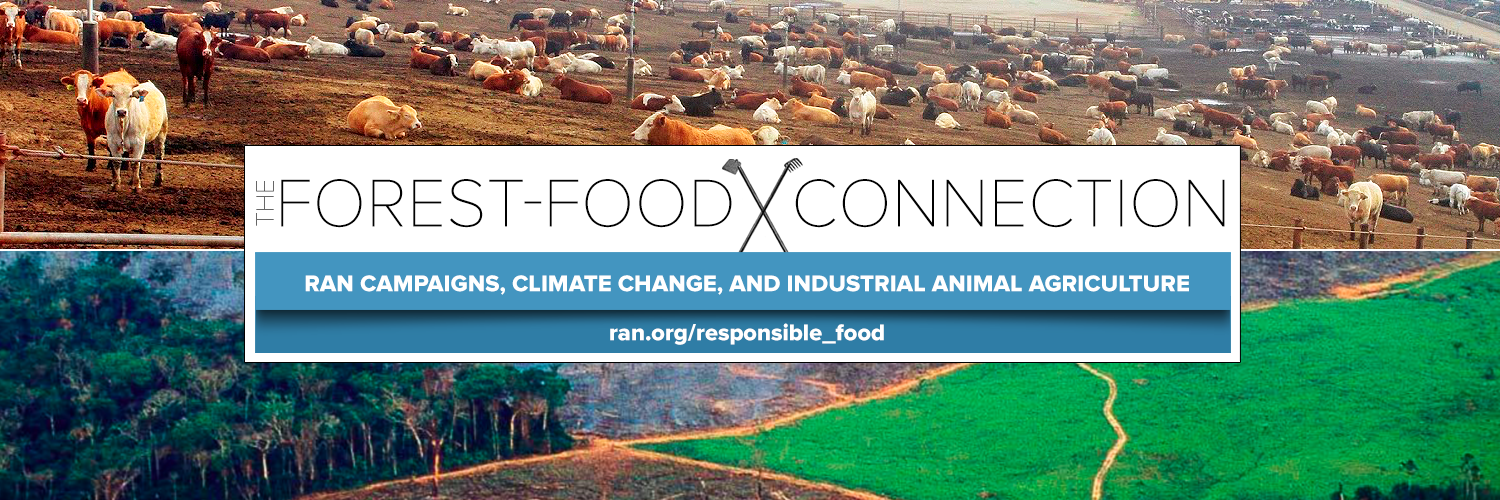Another symptom of our broken food system is the glaring injustice and disproportionate burden placed on communities of color. Every day, across the US, people struggle to stay on their family farms, put healthy food on the table, and earn a living wage.
Since 1982, over 23 million acres of prime family farmland has been lost to commercial development.[138] Black farmers have been losing family farms at even more catastrophic rates—about 800,000 acres, or 25% of land, compared to the 2.3% of total agricultural land no longer being farmed.[139]
Farmers of color often lack financial support most acutely as they more commonly don’t contract with big corporations in order to control the types of crops they grow. This creates a situation where they don’t reap the rewards of farm subsidies or insurance, making bankruptcy all too common. Over 1 in 3 White farms receive financial support in the form of direct payments compared to 1 in 4 Black farms, 1 in 6 Latino and Native American farms, and 1 in 8 Asian farms.[140]
People of color often occupy the low-wage food system jobs, like food retail and food preparers. Among all food workers, 21% of Blacks, 24% of Latinos, 38% Asians earn sub-minimum wages, compared to 13% of Whites.[141] These low wages also limit the ability of workers to pay for healthier produce sold by small farmers who rely on sales for their survival.
Overall, 13 million Americans lack access to healthy foods, contributing to rising obesity rates.[142] Latino, Native American and Black communities are two to four times more likely than Whites to lack access to healthy foods.[143] And for people who can access these foods, not all can afford them.
“Sustainable” or “grass-fed” meat isn’t accessible or affordable for most people, but plant-based proteins are. One cup of cooked lentils delivers 18 grams of protein; a cup of kidney beans, 15 grams; a cup of quinoa, 8 grams. Protein can even be found in foods where some least expect it, such as spinach and mushrooms.[144]
The growth in per capita consumption of meat is strongly linked to increasing levels of income in many countries of the world. Average meat consumption in America is over 322 grams (.71 lbs) per person per day, compared to the global average of 115 grams (.25 lbs) per capita a day. China consumes 160 grams (.35 lbs) per day, India only 12 grams (.03 lbs) per day.[145] One of the fastest growing meat consuming regions is Asia, particularly China.[146] The disparities in meat consumption in developing vs. developed countries represents a major social justice issue, related to minimal levels of nutrition, chronic hunger, and the high rates of industrial meat consumption in developed countries.
The excessive amount of agricultural lands around the globe dedicated to industrial ag production to feed a tiny percentage of the world’s most affluent populations is a form of structural violence for millions of poor and disadvantaged peasant farmers and malnourished families. Worldwide, 80% of the area of all agricultural land is used for fodder (food for livestock), with 44% of the world’s grain harvest diverted to industrialized meat production.[147] Imagine how many people across the globe that could be nourished if that 80% of agricultural land went into commodity production for direct human consumption instead of to feed livestock.
In terms of the meat industry, meat processing is one of the most dangerous jobs on the market. Three of the four biggest meat companies, including Cargill, Tyson and Smithfield/Shuanghui, have routinely been anti-union. Most workers in meat processing in the US are African American, Latino, and in the case of the Midwest, African immigrants. Also, there is a major environmental justice component of the geographic locations of CAFOs.
On average, women represent 43 percent of the world’s agricultural labor force and 47 percent of the global fisheries labor force, according to the U.N. Food and Agriculture Organization (FAO) and the World Bank. These women produce more than half of the world’s food despite being less than half of the labor force, and women account for 60 to 80 percent of food production in developing countries. If the world’s female farmers had the same access to resources as men, 150 million people could be lifted out of poverty, according to the FAO. According to the Food Tank, a crop yield gap of about 20-30 percent between male and female farmers is largely due to differential access to resources and inputs. Women fill this gap by working up to 13 hours per week longer than men in agriculture.[148]
A just, responsible food system would benefit small scale farmers, make it more affordable to eat local, fresh, organic food and more expensive to eat processed, refined, packaged food with all their externalized costs, and foster racial and gender equity.
[138] The American Farmland Trust. “Farmland by the Numbers”
[139] Center for Social Inclusion. “Regaining Ground”
[140] United States Department of Agriculture. “2007 Agricultural Census”
[141] http://foodchainworkers.org/wp-content/uploads/2012/06/Hands-That-Feed-Us-Report.pdf
[142] http://www.centerforsocialinclusion.org/ideas/food-systems/
[144] http://america.aljazeera.com/opinions/2015/3/the-diet-we-need-for-a-sustainable-planet.html
[145] http://na.unep.net/geas/getUNEPPageWithArticleIDScript.php?article_id=92
[146] http://na.unep.net/geas/getUNEPPageWithArticleIDScript.php?article_id=92
[148] June 23, 2015 Food Tank email profiling “30 Influential Women Under 30”
